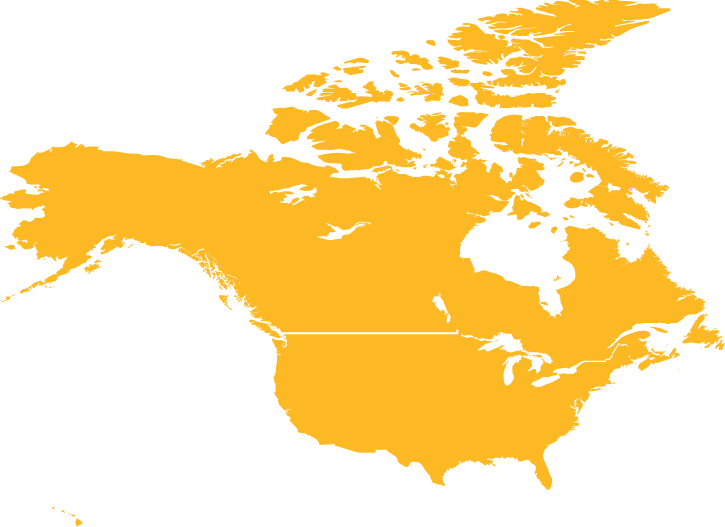The United Nations Climate Change Conference in Copenhagen, in December 2009, has come and gone. How to interpret its impact is the question? Pessimistic voices declare that its goal of a binding agreement among nations failed miserably and that the venue of small and large nations together was far too unwieldy to arrive at a meaningful conclusion. Optimistic voices are cheered that it happened at all. That leading polluting nations arrived at a common intent to change and that Copenhagen represented only one stop on a long road, whose next steps are Mexico (2010) and beyond until a binding agreement is achieved.
Personally, when I think of the Copenhagen story, what comes to mind is the Noah story. Here is why:
The Noah story begins with an abiding sense of a sacred responsibility for all of the creatures and the vegetation on Earth and a deep sense of accountability and stewardship for life in all its forms. Somehow, someway, some people intuit that a Primitive Creative Force obliges them to honor the created order in its evolved form. Therefore these people adhere to an unwritten, binding agreement for all of creation. The Copenhagen Conference aimed at a written, binding agreement. But how can that ever become a reality without a commonly held sense of the sacredness of all life? Is Nature a commodity, first of all, to be exploited for gain? Or is Nature, first of all, a gift to be cherished? The answer to those two basic questions sets off a series of difficult questions.
How long can Nature be polluted before its profitability vanishes? How can families earn food and shelter if Nature is kept pristine and not exploited to some extent? When does “to some extent” become “extinction for some”? Like the Noah story lots of issues are floated, and the answers are critical for life on this planet. The bottom line question is: who originally and ultimately has dominion over this planet Earth?
Then comes the irritating, anger-producing question of guilt. One side claims that human beings have culpability in compromising the health of Nature. Another side says that if Nature is struggling, this is due to forces beyond our control and responsibilities should be laid at the feet of the mysterious rhythms of warming and cooling that occur over centuries. Nothing inflames like charges of culpability.
Clearly in the Noah Story, God was so disillusioned with people’s disregard for the covenant relationship of respect that God wanted to start all over, wanted to begin Creation anew with a remnant of faithful family. So the story begins with a call to do the absurd, i.e., on dry land build an enormous Ark and have all life represented on it. The people who watched the Ark being built scoffed at the scaffolding and cackled about culpability. Nevertheless the epic continued at its slow and crucial pace until the endangered species were protected on board and the rains commenced.
I am not saying that the Noah story actually happened as it was written in the Bible, Genesis, Chapters 7 and 8. I am saying the Noah Story declares something true about the fickleness of human behavior around the bedrock values surrounding the created order. Many people intuit that we have a sacred responsibility toward Nature. We, the same people, also are caught up in Nature destroying actions as well as being caught up in climatic forces beyond our control. And...there is an abiding desire to start all over by way of spelling out and living out a universal covenant for the sustainability of life on this planet. This is the Noah’s story; this is the Copenhagen story. But the final chapter has yet to be written in present time.
So where are we? In Copenhagen we were a long way from the end of the Noah story where the rainbow became a visible sign of the enduring covenant, a binding agreement that promised no more total extinction. And which was based on human respect for the fundamental sacred nature of life. “Sacred,” meaning that there is a transcendent and special mystery which underlies all issues of handling natural resources.
In the Noah story all of the questions as well as the destiny of the Earth floated for a long time. When there was a speck of hopeful news in the flow of waters, Noah sent out a raven to see if the earth had been restored. But the raven returned to the Ark. Later, Noah sent out a dove and soon this dove returned to the Ark carrying in it is beak an olive branch. Something was up in the world. Finally Noah sent out another dove and it never returned. Get on with life. See the rainbow and remember, keep a profound primitive respect for that which deserves respect.
Copenhagen in 2009 might have been the raven. A tiny glimmer of hope but certainly not a done deal. Instead, I think that Copenhagen 2009 was the first dove. An olive branch prevails amidst the chaos and the world now floats on an ark of hope awaiting a universal commitment to the dominion of life on this planet.
Noah and Copenhagen are stories that require us to think beyond our families, our nation, our businesses, our immediate well being and self-interest. We are invited to think about the entirety of life and the interconnectedness of all things. This is a challenge of the first order which we would rather avoid until absolutely necessary. Noah’s urgency is creeping into the early 21st century. Building an ark or a binding agreement can be an easy target for scorn. But not starting to build could be like having breakfast on the beach just before the tsunami roared in. Creating a binding agreement is ark-like. It could float. And it would force us to think somewhere over the rainbow.
